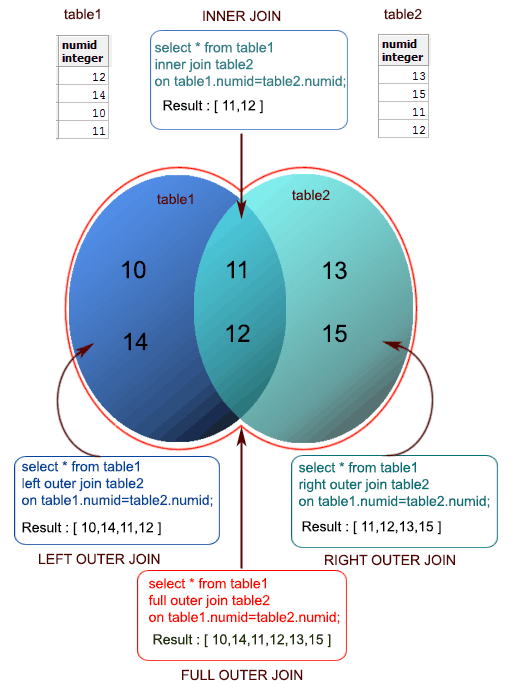
Therefore, to handle the false conditions, the else statement is used in Postgres. In PostgreSQL, when a condition is false, the if statement does not handle it. We could utilize a CASE statement to achieve this. In Postgres, the if statement checks a condition/criteria and returns true or false. Let’s say that we had the following data and wanted to group the results into regions based on their location. Here are three different methods which can be used to execute conditional logic on your data. To use conditional logic without the filtering effect of WHERE, thus retaining all the records.To achieve a similar outcome as using WHERE, but with more clear and/or concise code.To designate results based on specified text criteria.To perform boolean operations against your data.To deploy different mathematical operations depending on the value(s).

To perform grouping (as shown in the examples below).(For an overview of WHERE clauses please reference this article: )Ĭonditional logic in SQL helps you to perform many different tasks: When the goal is simply to filter down results, using a WHERE clause is usually the best method.

This write-up considered various examples to explain the working of the if else statement.Postgres allows you to use conditional logic in your SQL queries. However, the statements specified within the else block will get executed when the given condition is false. Therefore, the statements/commands affiliated with the if statement will execute only if the given condition/expression is true. To handle the false conditions, the else statement is used in PostgreSQL. In Postgres, the if statement doesn’t handle the false condition. In Postgres, the if statement checks a condition/criteria and returns true or false. It proves that this time the else part gets executed. Let’s check the updated content of the bike_details table using the below command: SELECT * FROM bike_details Ī new record has been inserted into the bike_details table. In this example, there is not a single bike having white color, so this time else part will get executed, and hence a new record will be inserted into the bike_details table: Let’s run the following statement one more time to see how the if-else statement deals with the false condition: DO $$ Now in the bike_details table there is no bike that has a white color. The updated table proves that all the white bikes have been updated to blue color. Let’s check the updated records using the below command: SELECT * FROM bike_details
#POSTGRES IF IN SELECT UPDATE#
UPDATE bike_details SET bike_color='Blue' WHERE bike_color='White' IF EXISTS (SELECT FROM bike_details WHERE bike_color='White') THEN Else if the white bike doesn’t exist in the bike_details table, then we will insert a new bike having a blue color: DO $$ If a bike with white color exists in the targeted table, then we will replace/update it with blue. We have created a table named bike_details, whose details are shown in the following snippet: SELECT * FROM bike_details If all the expressions corresponding to WHEN are evaluated to be False.

The specified condition was false, so the else part gets executed.Įxample #2: How Does the IF Else Statement Work on Table’s Data? Each condition is a boolean expression and based on its output the result is chosen. The notice “student under 18” will appear if the specified condition is true, else you will see a notice “student over 18”: DO $$

Next, the if statement will get executed to check if the given condition is true or not. Let’s create a variable “std_age” and assign it some values. However, the statements specified within the else block will get executed when the given condition is false.Įxample #1: How Does the IF Else Statement Work in Postgres? The syntax illustrates that the statements/commands affiliated with the if statement will execute only if the given condition/expression is true.
#POSTGRES IF IN SELECT HOW TO#
How to Use If Else Statements in PostgreSQL? Aggregate functions, if any are used, are computed across all rows making up each group, producing a separate value for each group. This write-up will teach us how to use the if then else statement in PostgreSQL with the help of practical examples. All these statements execute a command or set of commands based on a specific condition. These statements are also known as conditional statements or control statements. PostgreSQL offers some control statements such as “if”, “if then else”, and “if then elsif” that are used to control the flow of a program.


 0 kommentar(er)
0 kommentar(er)
